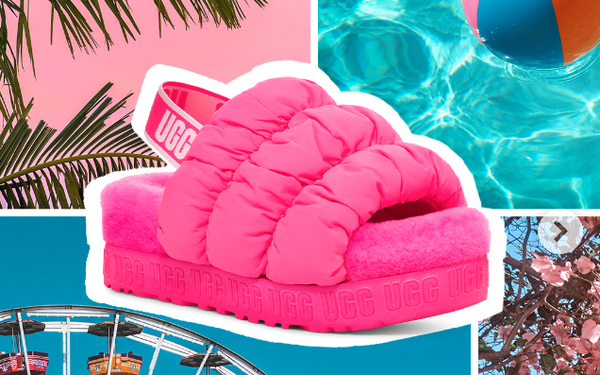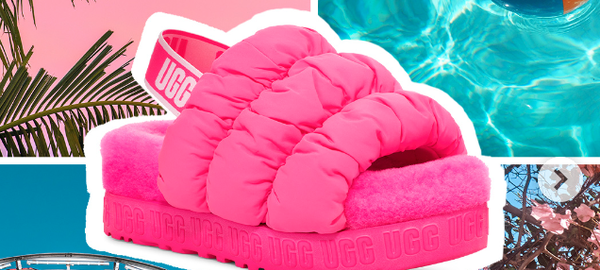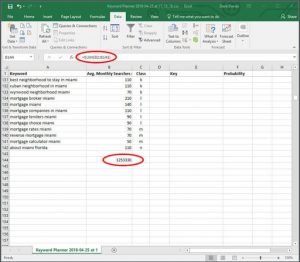For Teens, TikTok, Lululemon Slip While Make-up, UGG Gain

When it comes to teen spending, some things haven’t changed much. Boys’ highest priority continues to be food, while for girls, it is clothing. But the latest Piper Sandler spending survey reveals plenty of brand shifts in the past six months.
More girls report wearing makeup daily, with cosmetics pushing past skincare for the first time since early 2020. And while TikTok still reigns as the No. 1 platform, it is losing share.
Total spending inched up 2% for the six-month period.
Nike continues to have a monstrous share of 61% of footwear love, followed by Converse — also owned by Nike — which continues with 10%. Adidas and Vans hold steady at third and fourth place, respectively, with slight declines in share, while Crocs has slipped to No. 6, and New Balance has risen. UGG has moved to No. 7, and is in fifth place among girls.
In apparel, Nike still rules with a 33% share. American Eagle has muscled into second place with a 7% share, bumping Lululemon down to third. H&M and Shein remain in the top 5.
E.L.F. is still the most-loved cosmetic brand, with its share soaring from 16% to 22%. And for the first time since the start of the pandemic, teens are spending more on make-up than skincare, at $123.
Ulta remains the favorite beauty retailer, with 63% of female teens in its loyalty program.
The Willow Project, ConocoPhillips’ controversial Alaskan oil drilling venture, has leaped into Gen Z mindshare — ranking No. 5 as the most important social/political issue. The environment remains No. 1, and racial equality moves into second place. Abortion and inflation follow.
TikTok is still the top dog among social media platforms — but has fallen slightly, from 38% to 37%. Snap has regained some of its former mojo, rising from 27% to 30%. And Instagram has also recovered, rising to 23% from 20% in the last survey.
In food, Chick-fil-A and Starbucks remain the top brands.
Piper Sandler, an investment company based in Minneapolis, surveyed 5,700 teens in partnership with DECA. The average age for the survey was 16.2 years.
(3)






